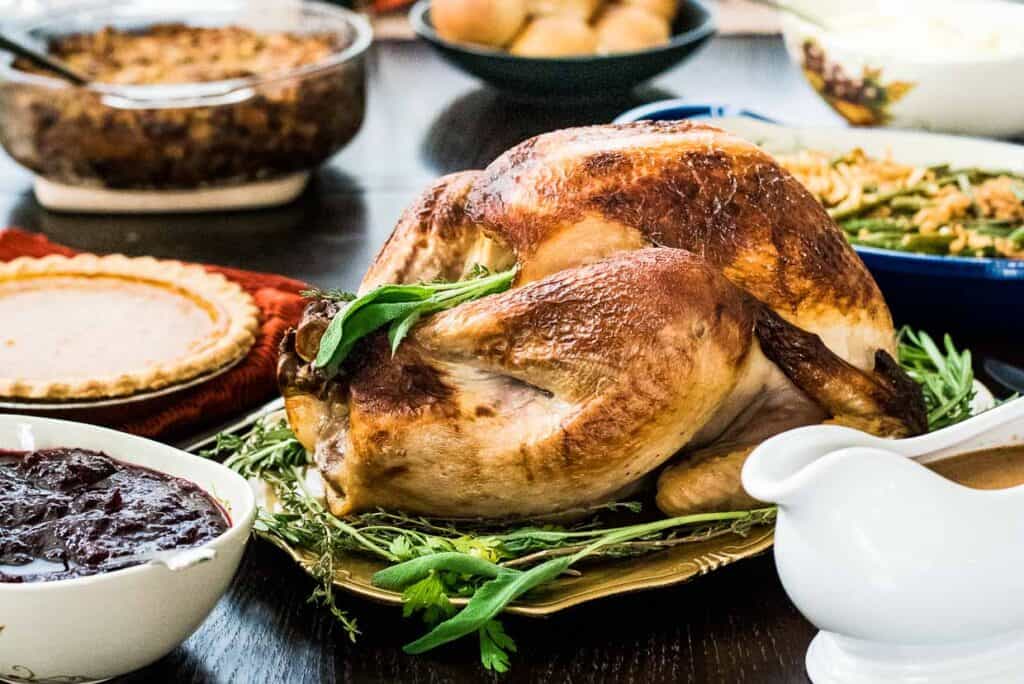When sugars and amino acids combine in the presence of heat, flavors deepen, aromas become more enticing and colors become golden brown. Food scientists know this phenomenon as the Maillard reaction, and it plays a crucial role in creating distinctive culinary creations.

The science behind the Maillard reaction
As first described by Louis Cammile Maillard in 1912, the Maillard reaction is a chemical reaction that results when reducing sugars and amino acids, the building blocks of proteins, are combined in the presence of heat. When these components meet, the heat causes the amino acids and sugars to rearrange, forming a complex web of flavorful compounds impacting the food’s smell, taste and appearance.
Also known as the browning reaction, it’s an aspect of food science that is multifaceted and has applications across a broad range of food preparation methods. Freshly baked bread, a perfectly seared steak and the tantalizing aromas of roasted coffee beans are all brought to you because of the Maillard reaction.
Factors influencing the Maillard reaction
Three major factors that influence the Maillard reaction are temperature, time and pH levels. Together these factors shape the intensity, depth and overall outcome of the reaction, offering chefs and culinary enthusiasts a spectrum of possibilities to explore.
Temperature
Temperature is pivotal in determining the Maillard reaction’s course and outcome. While lower temperatures encourage a slow reaction that allows more nuanced flavor development, higher temperatures can accelerate the reaction, leading to more intense browning and flavor profiles.
Caramelization is a related yet distinct phenomenon, showcasing the influence of temperature on flavor transformation. Caramelization, often mistaken for the Maillard reaction, occurs at higher temperatures. As sugars undergo thermal breakdown, they metamorphose into the signature deep brown hues and characteristic bittersweet flavors associated with caramelized treats.
However, striking a delicate balance is essential. While high temperatures can unlock a symphony of flavors, veering into undesirable burnt notes is risky. Achieving the ideal temperature sweet spot is an art form, best learned through experience.
Time
Time plays a crucial role in the Maillard reaction’s evolution and the depth of flavor it imparts to dishes. With extended heat exposure, the reaction has more time to produce the complex compounds responsible for the characteristic taste and aroma we associate with cooked foods.
An easy way to visualize the impact of time is to think of baking dinner rolls. When the bread is undercooked, the flavors are underdeveloped, and the rolls have a pale appearance. If cooked too long, an excessive progression of the reaction results, causing the bread to take on a dark color and unpleasant, acrid flavors. The perfect balance of time and temperature will result in bread rolls with a golden color, fragrant aroma and buttery flavors.

pH levels
The Maillard reaction occurs most effectively in a slightly alkaline environment, typically within the pH range of eight to nine. This range optimally supports the reaction’s progression, forming diverse compounds that contribute to the rich taste profiles and appealing colors we associate with cooked dishes.
To demonstrate this, consider boiling pretzels in a baking soda solution before baking. Baking soda, also known as sodium bicarbonate, is alkaline. Boiling pretzels are briefly placed in this baking soda solution, causing the pH of the dough’s surface to elevate temporarily. This slight increase in pH creates an environment conducive to the Maillard reaction during the subsequent baking process.
As the pretzels bake in the oven, they experience an enhanced Maillard reaction due to the alkaline conditions established by the baking soda treatment. The heightened reaction produces a darker and more pronounced browning effect on the pretzel’s exterior. The sugars and amino acids in the dough interact more vigorously, creating the characteristically dark golden-brown color and a heightened complexity of flavors.
“When it comes to a mouthwatering steak, one of the key components is the Maillard reaction. It’s what gives your steak the edge-to-edge crust or perfect grill marks before you slice into the medium-rare center. It’s not just pretty to look at, but it gives each bite a desirable texture and is an essential part of enjoying every bite. Learning how to perfect this can elevate your meat recipes to a whole new level.”
— Kita Roberts, GirlCarnivore
Utilizing the Maillard reaction at home
The Maillard reaction is an easy way to introduce food science into the home kitchen to elevate flavor profiles, increase visual enhancement and add a touch of culinary artistry. Whether you are roasting the perfect turkey, grilling steaks or caramelizing onions, learning how to leverage the impact of time, temperature and pH on amino acids and sugars will create delicious results time and again. Here are five tips for effectively utilizing the Maillard reaction in the home kitchen:
- Preheating and patience: To encourage the Maillard reaction, preheat your cooking surface or oven before adding ingredients. It will ensure a consistent and sufficiently high temperature for browning to occur. Give your ingredients enough time to develop flavor and color, as rushing the process may lead to uneven results.
- Dry surface: Moisture inhibits browning, so ensure that the surface of the ingredient you’re browning is relatively dry. For instance, patting meat with paper towels to dry the surface before searing it will prevent excess moisture from interfering with browning.
- Avoid overcrowding: When browning ingredients, avoid overcrowding the pan or baking sheet. Overcrowding can trap moisture and prevent proper browning. Cook in batches if needed to allow space for heat circulation and even browning.
- Use high-heat cooking methods: Techniques like searing, roasting and grilling are great for promoting the Maillard reaction due to their high heat levels. These methods allow for quick and intense surface browning, enhancing flavor and appearance.
- Flavorful browning ingredients: Incorporating ingredients rich in amino acids and reducing sugars will amplify the Maillard reaction. Items like onions, garlic and meats have the necessary components for the reaction to occur, resulting in enhanced flavors.

Embracing the science of building flavor
In culinary exploration, the Maillard reaction emerges as a captivating conductor of flavors. This intricate chemical process, driven by heat, orchestrates the transformation of amino acids and sugars into a vibrant tapestry of taste, aroma and visual allure.
The scientific principles of temperature, timing and pH levels combine the symphony of flavors that dance upon our palates. As a result, the sensory delights of a perfectly seared steak, the golden allure of freshly baked bread and the irresistible aroma of roasted coffee beans owe their existence to the Maillard reaction.
With every venture into the kitchen, the Maillard reaction assumes its role as your silent partner turning the ordinary into the extraordinary.
Renee N Gardner is the creative mastermind behind Renee Nicole’s Kitchen, a recipe blog based on seasonal ingredients, dedicated to helping home cooks build their kitchen confidence to become home chefs. When Renee isn’t writing, developing recipes or photographing food, you’ll find her in the garden, traveling or enjoying the outdoors with her husband, son and two dogs.